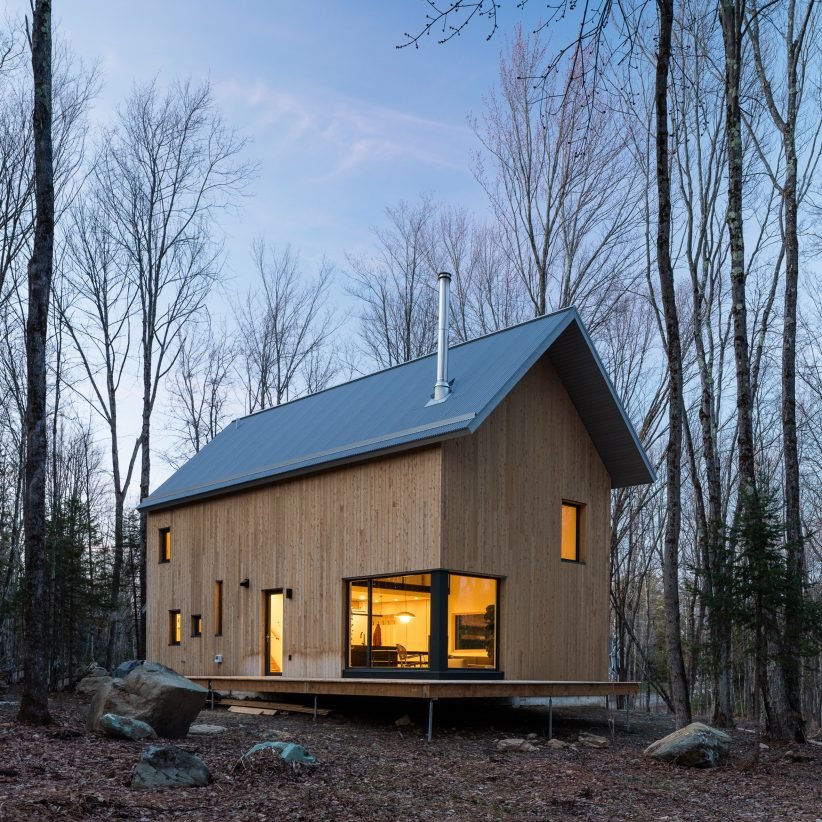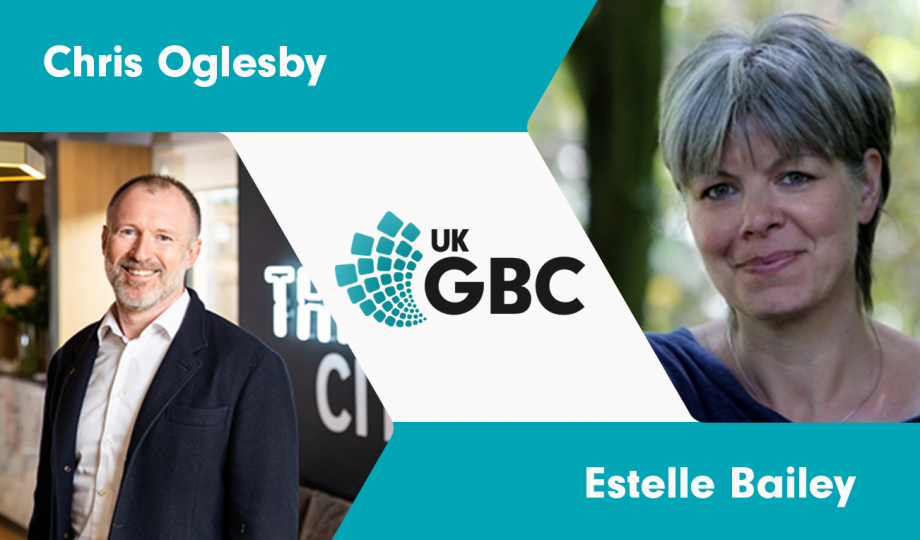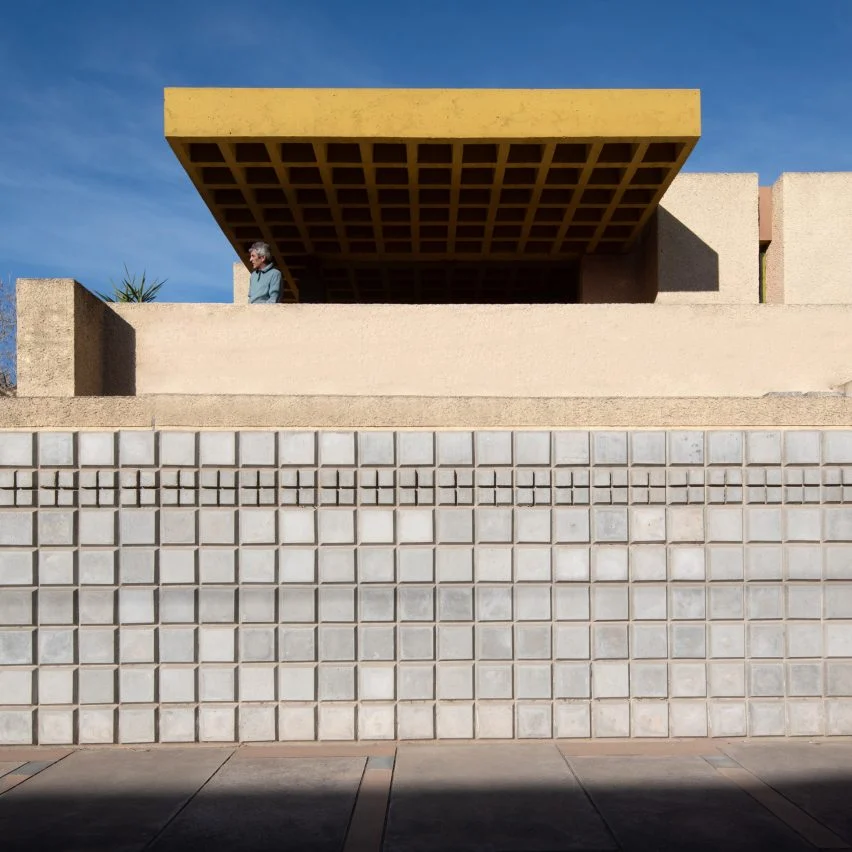7 beautiful 3D printed houses
Among the construction techniques that are reshaping the built environment industry, 3D printed houses is without a doubt the most impressive. We get four walls built in 24 hours, an energy-efficient house, and plans that can be customized.
This feature runs you through why 3d printed houses are revolutionary, plus we show you seven examples of beautiful 3D printed houses.

3D printed houses change people’s lives
New Story, a San Francisco-based nonprofit dedicated to providing housing solutions to communities living in extreme poverty, launched a project to build 500 homes, some of which were 3D-printed and distributed to those in need.
When the village was opened by New Story in 2019, it was touted as the world’s first community of 3D printed homes. 200 homes are under construction or completed after two years and a long pandemic period, ten of which were printed on-site by Icon’s Vulcan II printer. Construction is underway on roads, a soccer field, a school, a market, and a library.
Pedro Garca Hernández, 48, is a Mexican carpenter who was fortunate enough to win the right to live in one of these houses. He struggles to make ends meet with his wife and daughter, and they live in a small mud house that also serves as a workshop. And his house is prone to flooding during the rainy season.
What are the advantages of a 3D printed house
There are numerous benefits to building houses with new 3D printing technology. Saving time when a building is one of the most significant benefits, as there is no need for a large number of hands, and it is also environmentally friendly.

Houses built in a matter of days
The world of 3D printing continues to astound us, with the ability to build houses now possible. The principle is the same as when 3D printing an object: a large printer will mount each wall of the house and its entire structure. As a result of this new concept, significant time can be saved on the construction of the shell, which is the most important and longest work. The foundations and finishes, on the other hand, are done in the traditional manner by workers. The only time the concreting stops during the construction process is when the doors and windows are being made, which greatly simplifies and speeds up the task.
3D printed houses are environmentally friendly
The materials used to build 3D houses can be very diverse, including raw earth, natural residues, and so on. It may even be possible to use recycled plastic; some companies are already working on this. Some construction companies use concrete materials rather than steel because concrete allows fibres to be incorporated and produces a rigid structure similar to steel, with a homogeneous result. Similarly, an insulating material is added to this concrete, such as wood wool, wood powder, or another insulating material. Concrete houses are particularly well insulated and efficient, and concrete aids in the reinforcement of waterproofing and the reduction of thermal bridges. These houses are built in a mould, so there is no concrete stoppage and the concrete is poured continuously, making the houses extremely waterproof.
Reduced manpower and customizable plans
The reduction in labour is what distinguishes a house built with 3D printing in the first place. 60 per cent of the cost of a traditional reinforced concrete structure is dedicated to labour. There, the machine that functions as a 3D printer is responsible for the development of structural work on its own. Furthermore, the plans for a 3D house can take various forms, ranging from the most traditional to the most unique and complex. With a 3D printed house, you can afford anything and create new spaces and architecture.
7 3D printed houses you have to see to believe
Sometimes it’s hard to believe things you can’t see and especially something as impressive as but 3D printed. Here are real 3D printed houses all over the world.
3D-Printed Houses In Austin
ICON, an additive construction startup, has launched the East 17th Street Residences project in East Austin, which is a collective housing development project. These houses are made up of four houses, with the first floors 3D printed before the second floors are built using traditional methods. The two smallest units in the community are about 1,000 square feet in size and have two bedrooms and one and a half bathrooms.

The world’s largest 3d printed building
Apis Cor, a 3D printing company based in the United States, completed the 3D printed wall structures of a two-story administrative building for the Dubai Municipality in October 2019. It is reportedly the largest 3D printed building to date, standing 9.5 meters tall and covering an area of 640 m2.

Nanjing 3D printed pavilion
The Nanjing 3D printed pavilion is 52 meters long and 26 meters wide, with a total area of 1,352 square meters. The most surprising aspect of the structure, as you may have noticed, is its hyperbolic geometry, which provides a 30-meter overhang.

3D-Printed Office Building
The Office of the Future, located in downtown Dubai, is the world’s first 3D-printed office building. The building, which cost $140,000, took 17 days to print and two days to assemble. On a total area of 250 square meters, it currently houses the employees of the Dubai Futur Foundation.

3d-printed house in Germany
In Beckum, North Rhine-Westphalia, PERI GmbH constructed Germany’s first 3D printed residential building. A 3D printer COBOD BOD2 was used to construct the two-story building with approximately 80 m2 of living space.

World’s Tallest 3D Printed Building
In August 2014, the Chinese company WinSun made headlines after producing ten houses in a single day using a massive 3D printer 10 meters long and 6.6 meters wide. Yingchuang, a Shanghai company, is doing even better this year with a four-story-high residence. This building in Suzhou (Jiangsu Province, China) is the traditional world first because it is the tallest building in the world constructed using 3D printing.

3D printed houses for the homeless
The construction company ICON built this house. It was printed in 24 hours and only cost $10,000. (including finishes). A 60m2 single-story house with several rooms including a living room, bedroom, bathroom, and a small porch. The Vulcan industrial 3D printer enabled this technological feat. As with a traditional 3D printer, you “just” send the building plans digitally to the device and wait for the automatic printing to finish.









